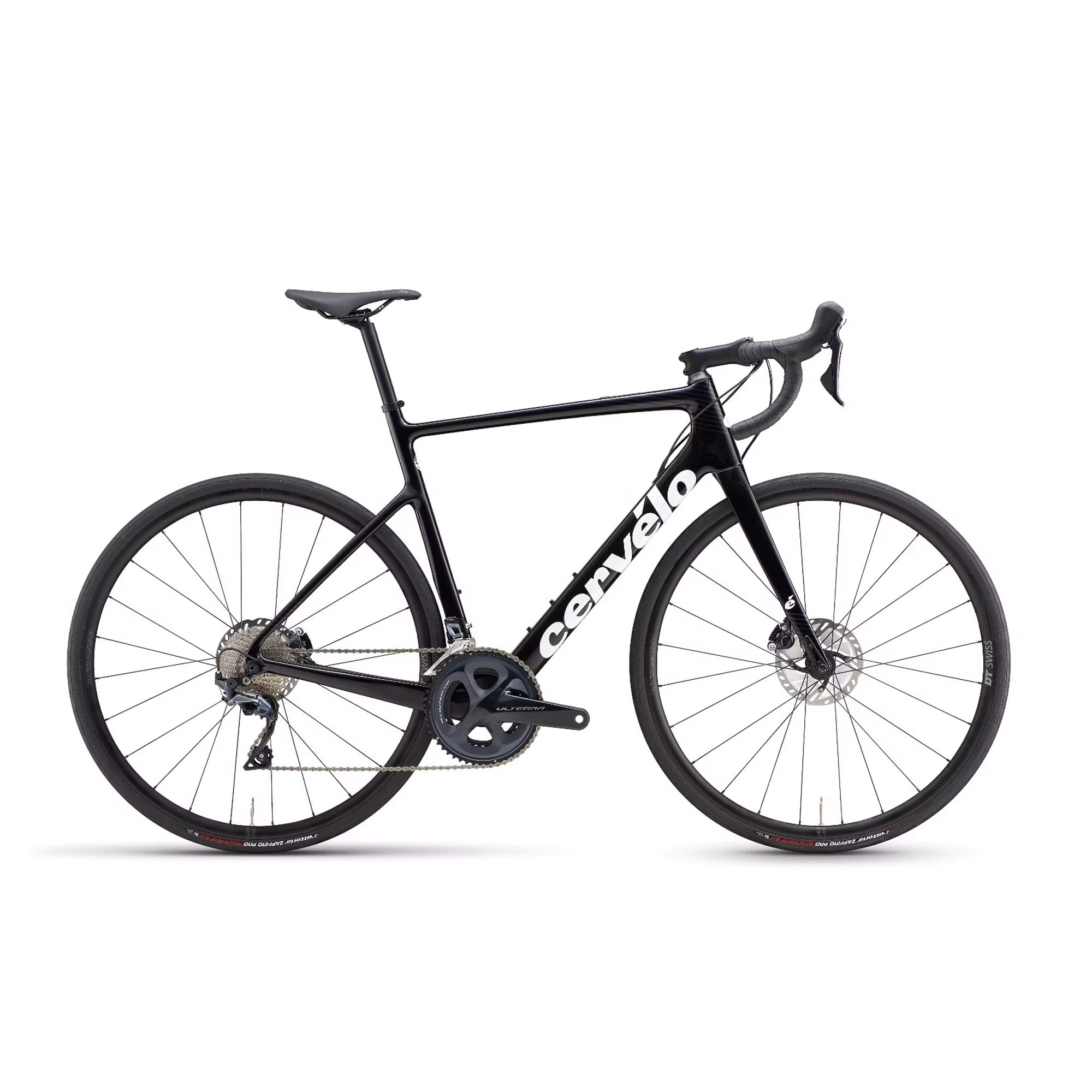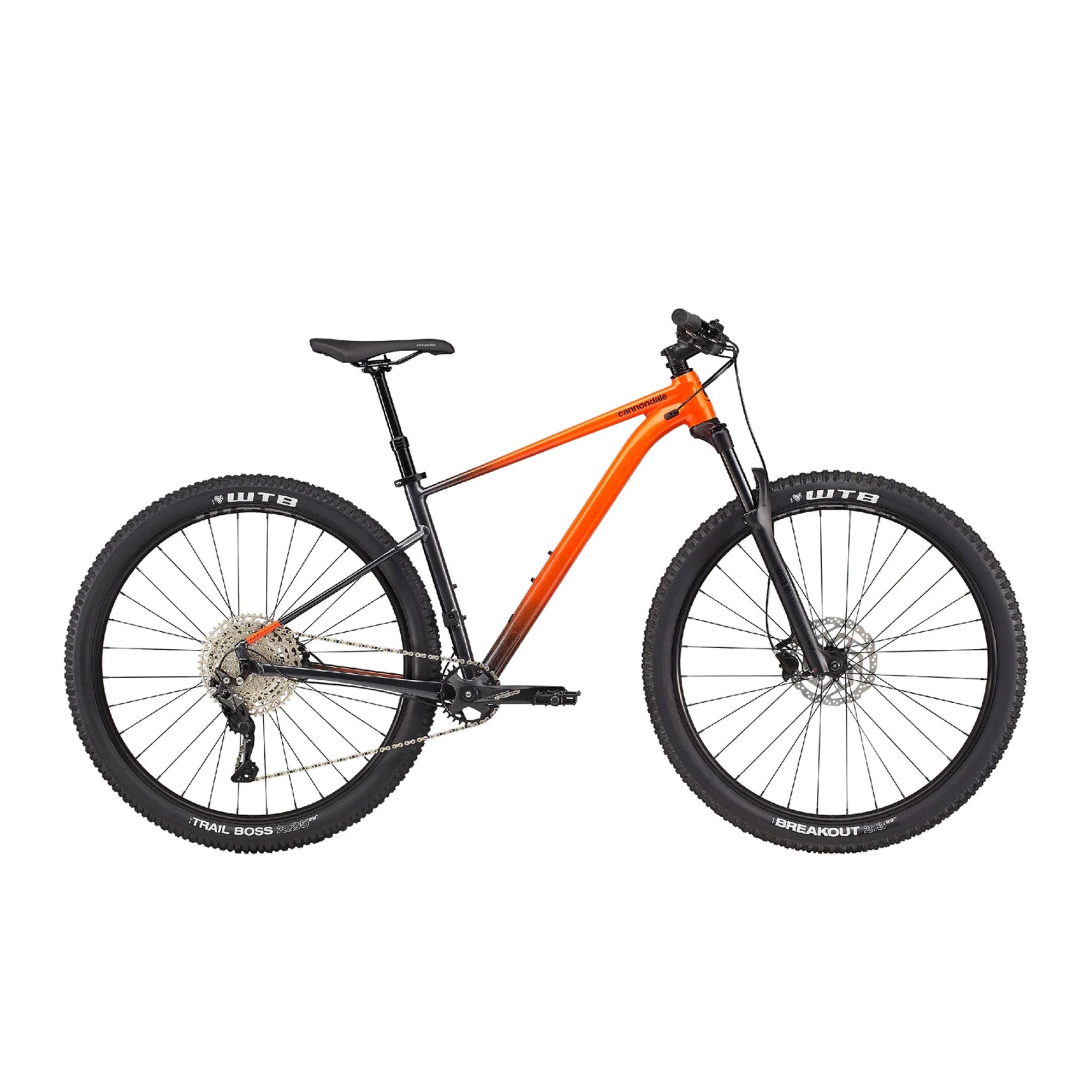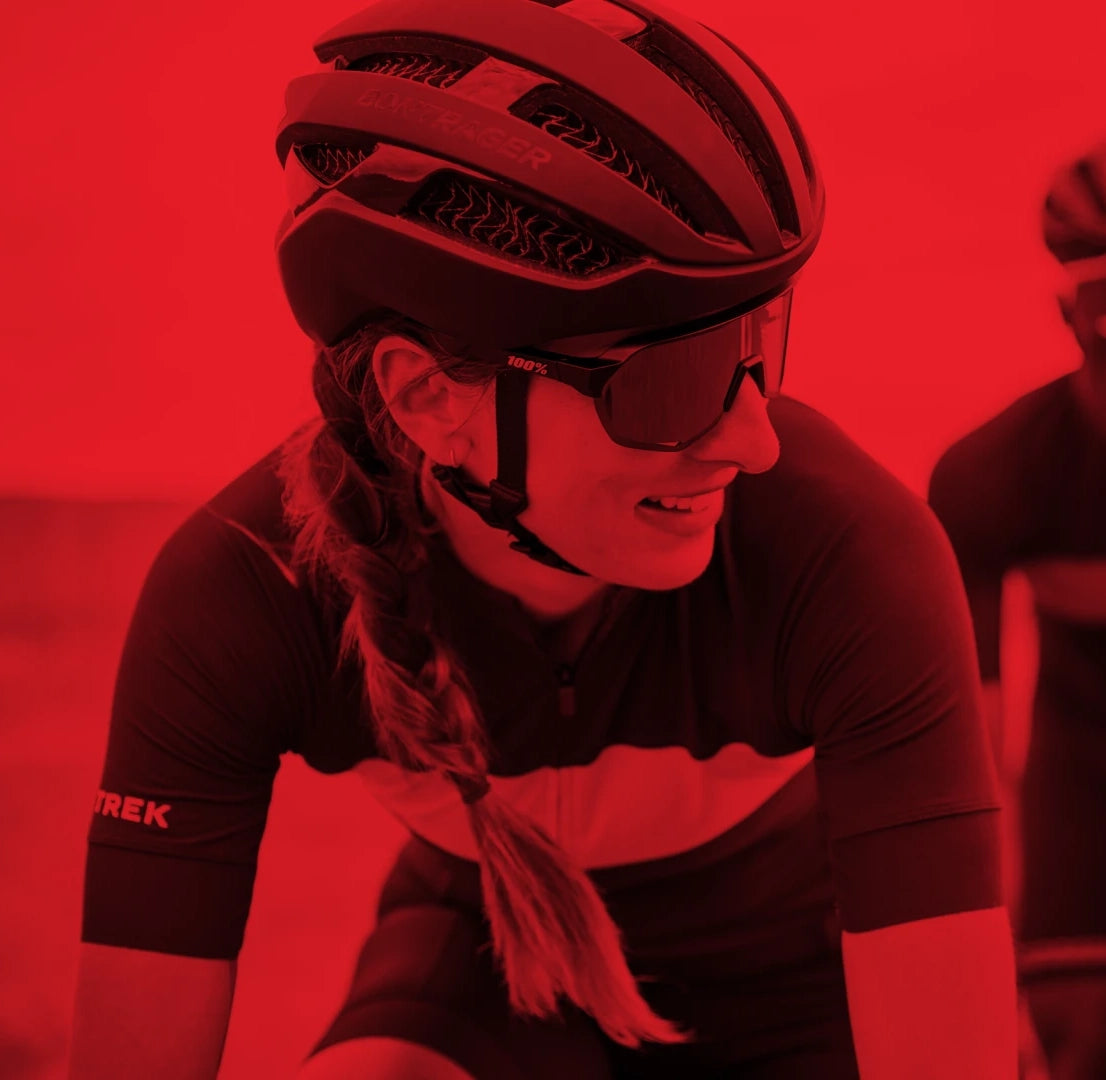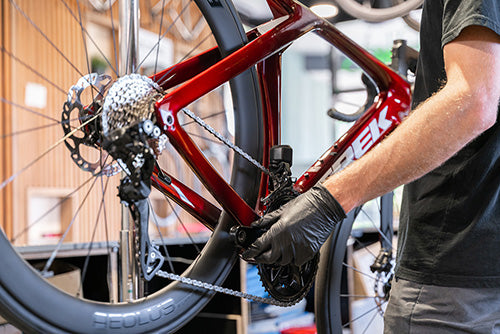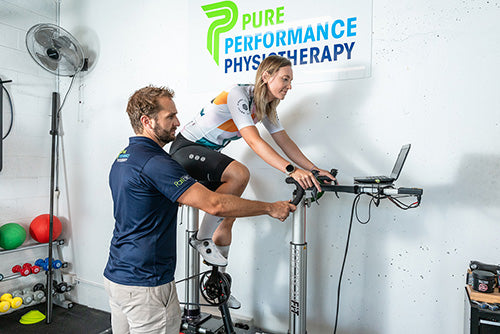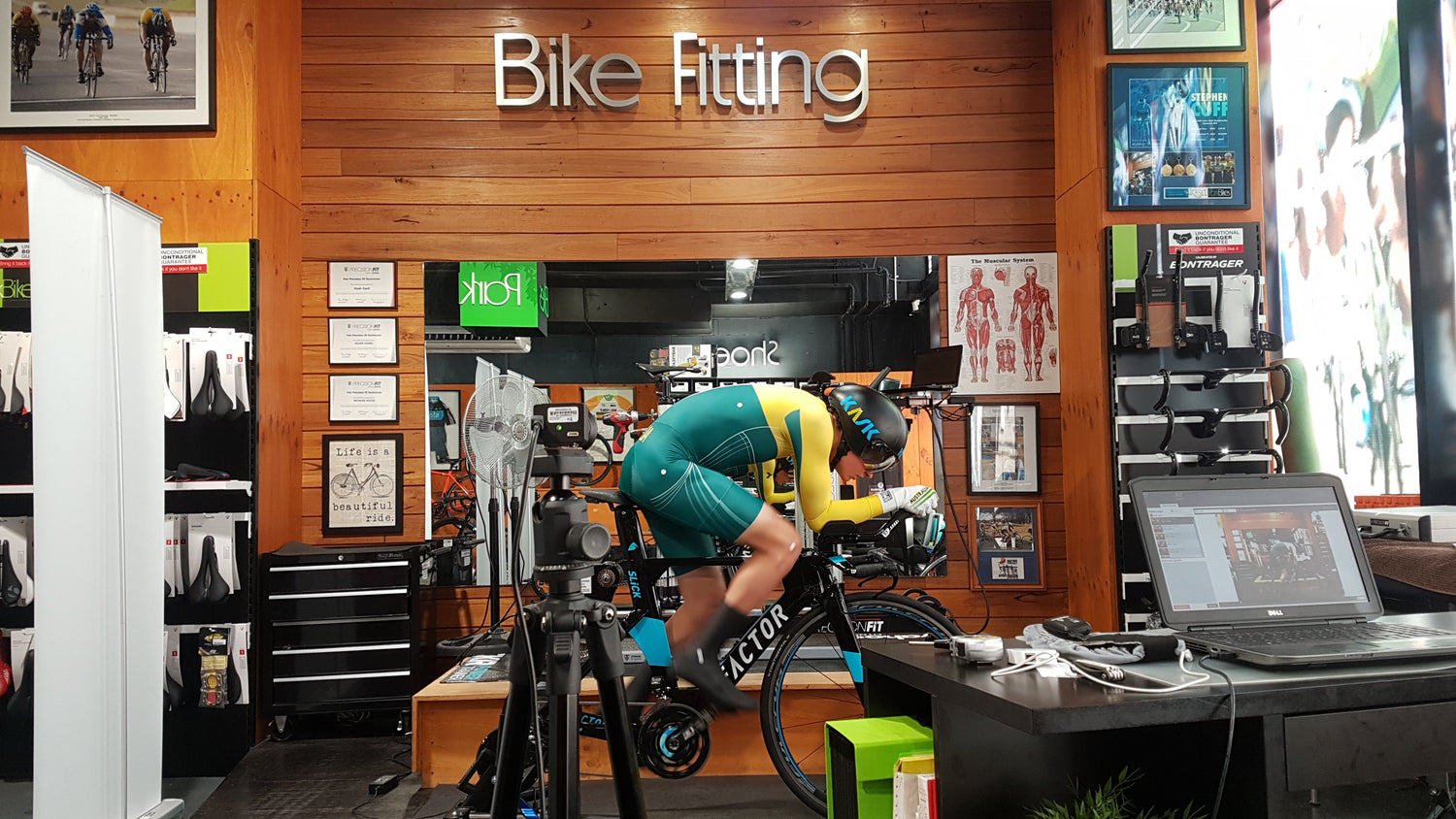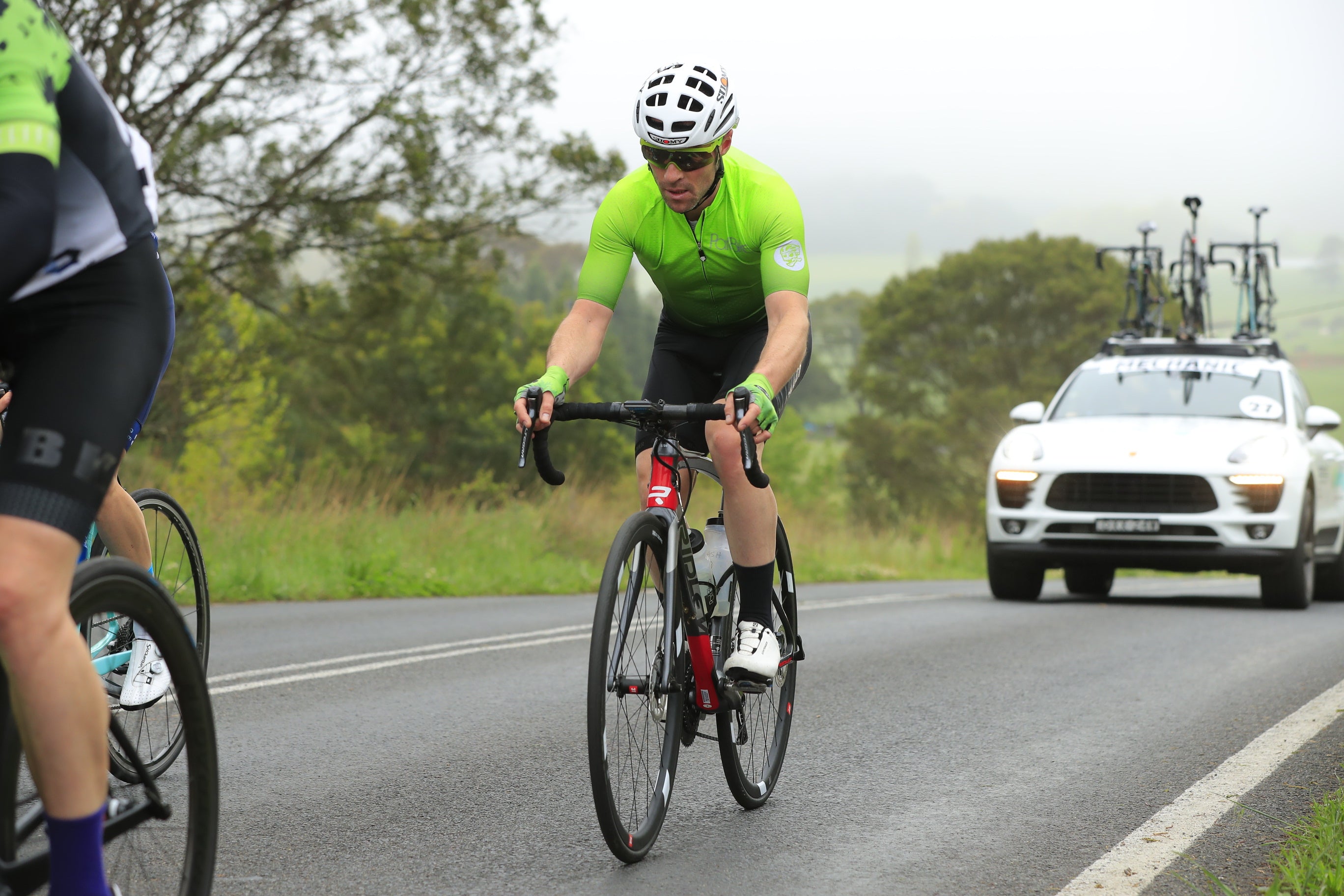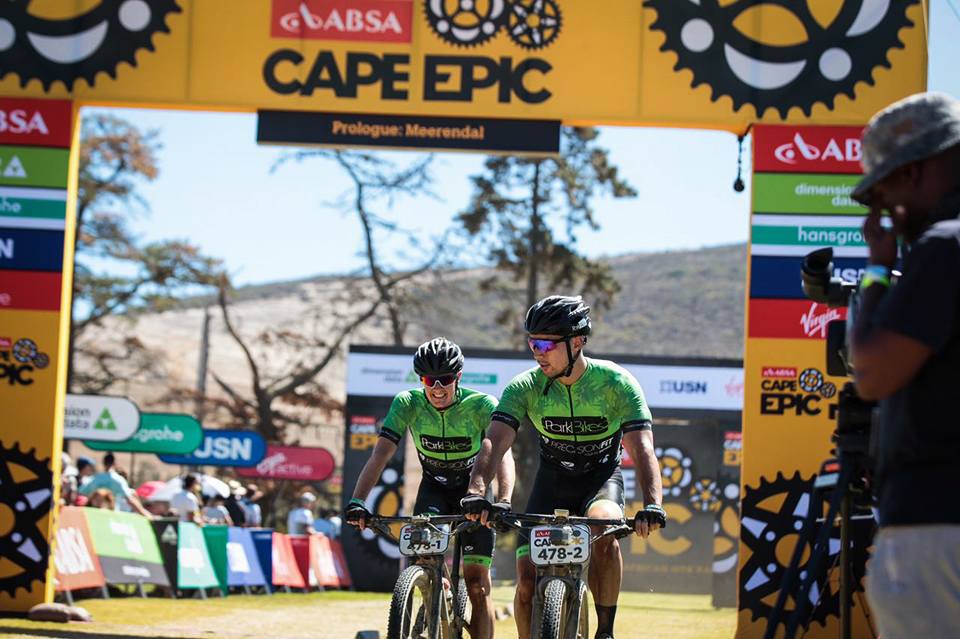A recent article published by Triathlon NSW about "free speed" on the bike for Triathletes & Time Triallists.
Nash Kent is a Director at Park Bikes at Sydney Olympic Park - Sponsor of Triathlon NSW. Nash has had experience bike-fitting and coaching some of the best Australian World Tour Road and Track Cyclists as well as triathletes. He's worked with some of the best Coaches, Biomechanics, Physiotherapists, Strength Coaches in Australia to try and make these athletes faster on the bike. Without getting complicated, commercial or too technical, here are his top 3 tips for free speed on the bike.

1. Frontal mass is the enemy.
You will have seen some changes in aero positions over the last few years. Everything forward, shorter cranks, shoulders and torso down, forearms pointing up. We could talk for hours about the this, but a major takeaway form this evolution is hiding frontal mass behind your hands and forearms can greatly reduce drag.
Larger flat surfaces such as your shoulders, chest, the front and top of your helmet, your face all slow you down in ways that are very prominent in testing at or above training pace. If you're riding a TT/Tri bike Set-up, Experiment with having your hands as high as possible, your elbows low, and hide your frontal mass behind them.
In short - shrug your shoulders and tuck your head. If you're riding a standard road bike, just be mindful that sinking your neck and head lower toward your hands, especially on the faster sections could save valuable seconds without any extra metabolic cost. Perhaps you could have someone take a photo of you from the side and the front every few months in "race mode" to make sure there's no surprise “non-aero” aspects to your position (like the back of the helmet sticking up too high for example) that you could change.

**Note: If you've had a professional bike-fit, I would not recommend changing it without consulting your bike-fitter. There’s most probably careful thought and "method" involved if you're not in the most aero position (yet)..
2. Be Still.
Some CDA (drag) testing I have been involved with showed riders who move around from hips or above at 90-110% threshold pace, (which in this test was above 35kmh) may have to produce 3-5% more power than someone who hardly moves from the upper body. This means if you have a stable torso under load, you will go faster, or save power however you want to look at it.
If you know you are a “wriggler”, have a mirror nearby when you do trainer sessions. See if you can improve your stability - especially in your calmer sessions at a lower intensity when you will have a greater capacity to correct it. If you're not getting the change you want, you may need to work with a Triathlon Coach, Physio, Exercise Physiologist, or Strength Coach to work on your mobility and/or core and muscle control off the bike.

3. Measure it.
Minor changes in your equipment and technique are fun and can motivate you to improve. Have somewhere where you can test things yourself. Perhaps a flat 5km course where you could go out in still conditions, riding at a certain power, or if you don't have a power meter, then perhaps a certain gear/cadence to measure things for yourself. Perhaps experiment with things, different helmets, shoe covers, a clean and freshly lubed drivetrain (might surprise you), a new bottom bracket with ceramic bearings, hand positions etc.
For more info on the benefits you may get from different equipment have a look at Best Bike Split. With this site you may be able to estimate what that new bike or new bit of gear will do for your bike time.


